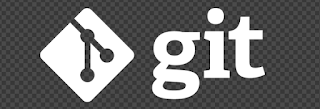how to dump a postgresql database using from the terminal
PostgreSQL is a relational database management system and arguably the best database management around. postgreSQL comes with utilities used to manipulate databases from the terminal "psql" being the most popular utility I'm sure you've read somewhere or used "psql" dumping "backing" databases is done using PostgreSQL's pg_dump utility In your terminal type; pg_dump <database name> > <output> For instance to backup a database named "books" to a file named "books.sql" do; pg_dump "books" > books.sql How to exclude database data from backups To exclude database data from your output file you should include "-s" flag in your command pg_dump -s "books" > books.sql




